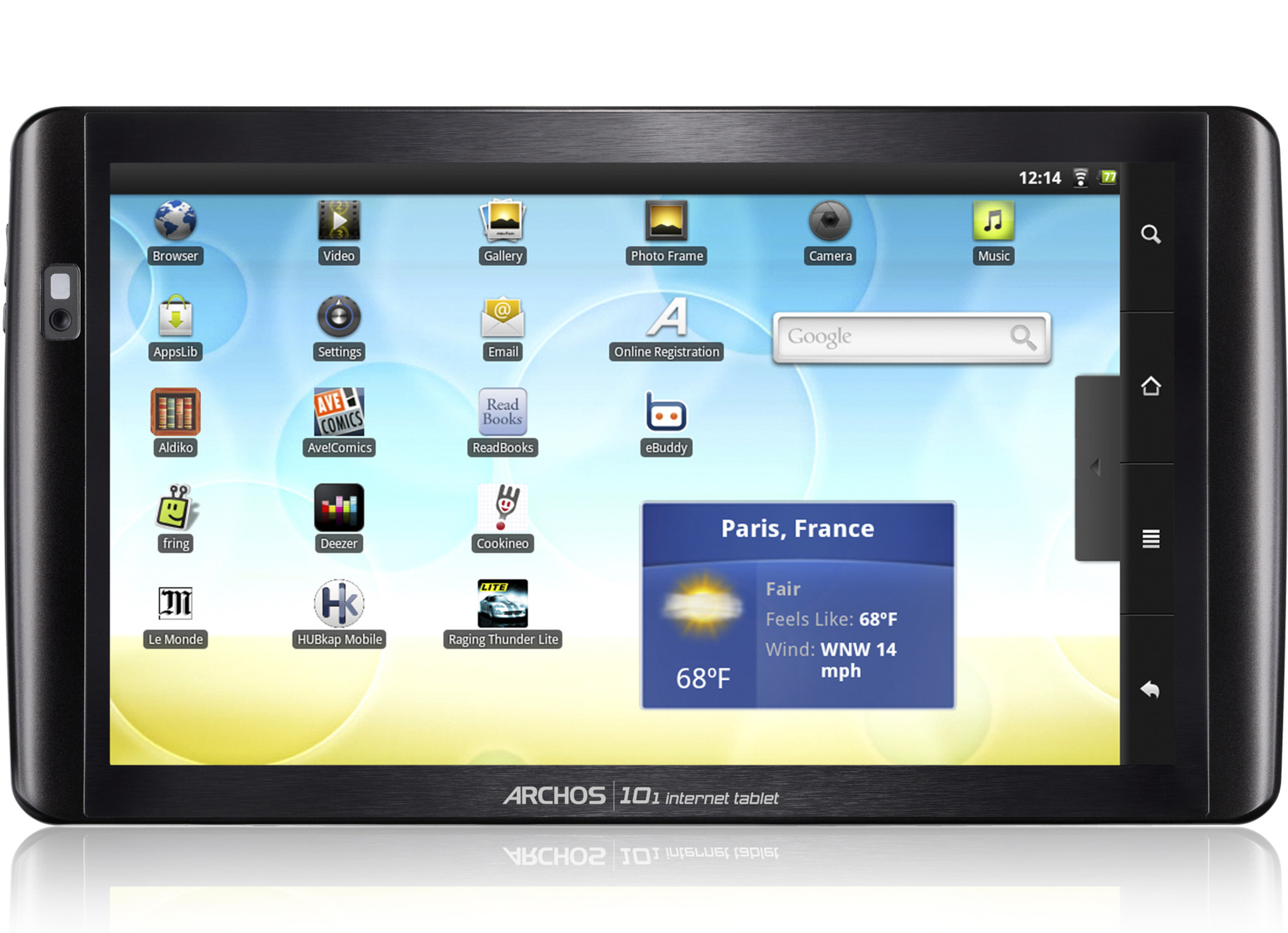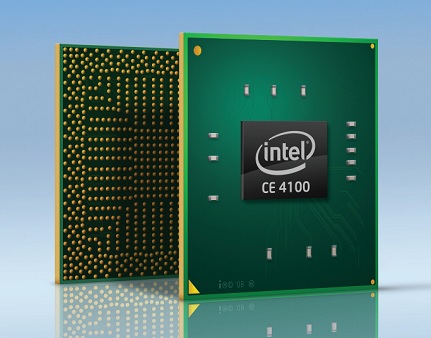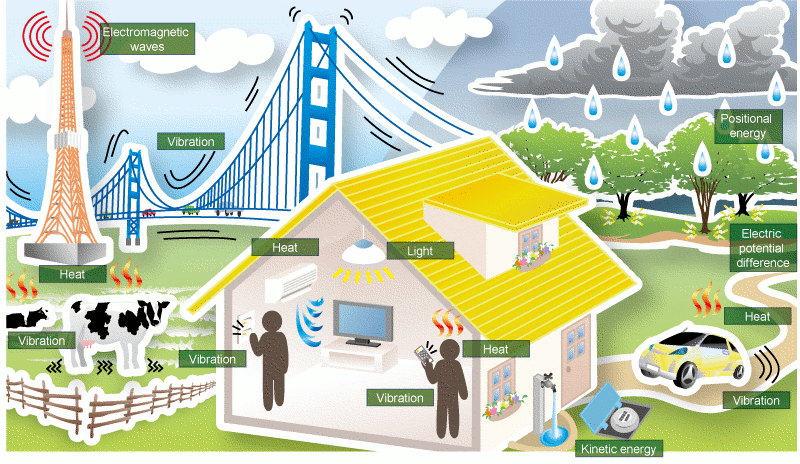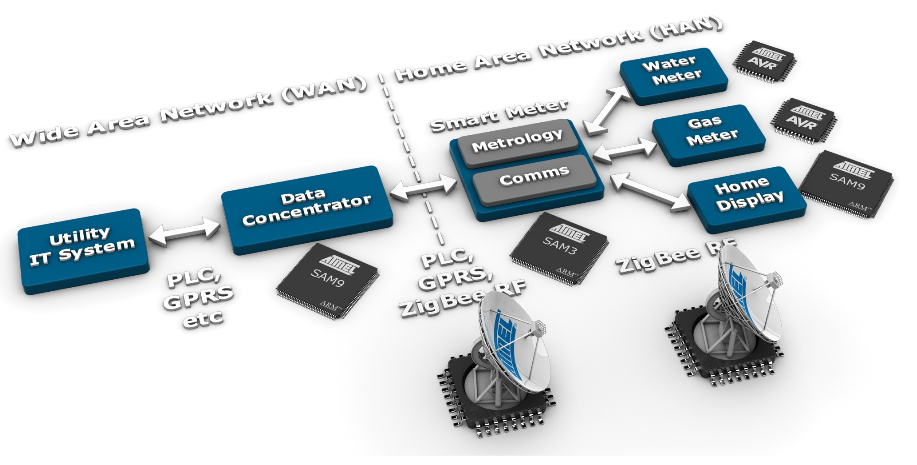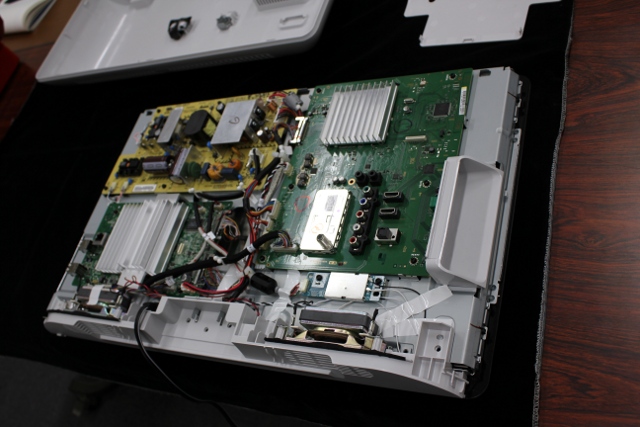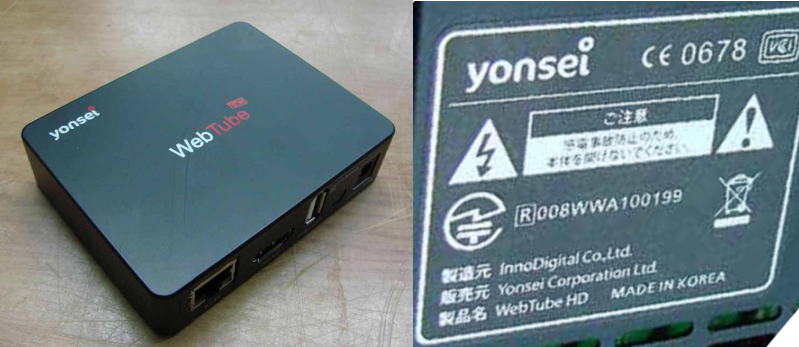Archos has just released a firmware update for Gen8 Devices with Android 2.2.1. This will be faster and more responsive, but you’ll have to wait a bit longer for flash support since they need the flash plugin to be certified. If you already installed Google MarketPlace on your Archos device, you might need to wait for a new gApps4Archos.apk file or follow the instructions here, install the new version for Android 2.2. The file name is now gApps4Archos2.apk. Here are the features of this firmware update (2.0.54): 1. New Features of Android 2.2.1 Higher performance: Just In Time compiler (JIT technology), makes applications run up to 5 times faster than previous 2.1 Eclair (firmware 1.0.84). Enhanced Microsoft® Exchange support: it is now possible to synchronise contacts and calendar events. Allow to install more 3rd party applications by installing them on the internal storage memory (for applications that support it). New […]
Resources for Intel Atom CE41xx: CE4100, CE4130, CE4150
Intel Atom CE4100 (Codename: Sodaville) is a System-on-Chip (SoC) media processor designed for use in set-top boxes, media player and internet TVs such as D-Link Boxee Box and Sony NSX-24GT1 Google TV. The Atom CE4100 is a 45nm-manufactured SoC running at 1.2 GHz. The Atom CE4100 supports hardware decode of up to two 1080p video streams (H.264, VC-1, MPEG-4/Divx..) and advanced 3-D graphics. It is also able to handle Adobe Flash 10 and 3D gaming as well. For further details about the processor, please refer to Intel Atom CE4100 Product Brief. [ad#Google Adsense – Wide Banner] The Atom CE4100 custom linux kernel and SDK are not publicly available, and you’ll need to contact an Intel FAE if you want to develop on the platform. However, some development tools for Atom (i.e The Intel(R) Embedded Software Development Tool Suite for Intel(R) Atom(TM) Processor) including a C++ compiler (GCC compatible), performance primitives […]
Battery-less embedded devices with Power Harvesting
Embedded systems without batteries nor connection to the mains, is that possible ? The answer is Yes!. For ultra low-power devices, Power Harvesting (aka Energy Harvesting) may be an option. By harvesting the energy from vibration from people walking or cars crossing bridges, automobile heat, broadcasting waves, light, wind, etc.. it is possible to capture enough energy to power very small devices such as wearable electronics and wireless sensor networks. The illustration below show the multitudes of tiny sources of energy around us. Please refer to the table below to see what amount of energy might be harvested depending on the source. Energy Source Examples Energy per unit area Vibration Walking, motors, bridges 10-3 to 10-4 W/cm2 Light Lighting, sunlight inside rooms 10-4 W/cm2 Heat Body heat, vehicle waste heat 10-5 W/cm2 Electromagnetic waves Broadcasting, wireless LAN emissions 10-6 W/cm2 The two main advantages of devices that can be powered […]
In-Home Displays for Smart Grid – Atmel – Mentor Embedded
I’ve just attended a webinar organized by Mentor Graphics entitled “In-Home Displays: Enabling Smart Grid into every home” with Atmel and Mentor Embedded. This webinar is now available on-demand at http://go.mentor.com/hAz8 This webinar is divided into 2 parts: Frederic Gaillard – Product Marketing Manager at ATMEL – gave an overview of Smart Grid and its different components and presented Atmel Solutions: MCU/MPU, wireless chips (Zigbee/Wi-Fi) and touch screen chipset. Gordon Cameron – Business Development Manager at Mentor Embedded – focused on the difficulties in developing a user interface for In-Home Displays within a short time frame and how Mentor Embedded UI design solution Inflexion could help greatly reduce the development schedule. There was no external files for this webinar, so I created 2 PDF with the most relevant slides for your reference: Atmel Smart Grid and In-Home Displays Mentor Embedded In-Home Displays UI Development Tools Frederic Gaillard shortly explained the […]
Sharing Thunderbird Emails between Windows and Linux
I’ve used Windows XP with Linux in a virtual machine (VirtualBox) for a while. But since this proved to be very slow, I’ve just installed Ubuntu (dual boot mode) in my PC. However, I wanted to be able to use the same Thunderbird profile in both OS. So here’s how to do: After installating Ubuntu, open a terminal window and: 1. Install Thunderbird: sudo apt-get install thunderbird 2. Start Thunderbird in Profile Manager mode: thunderbird -profilemanager Then create a new profile (any name) and click on “Change folder” and point it to your Thunderbird profile in Windows (Something like: Documents and Settings\username\Application Data\Thunderbird\Profiles\abcdef.default). You may delete the default profile and start Thunderbird. You should then see all your emails and RSS feeds in Thunderbird and receive and send emails in Linux as you used to in Windows XP. Jean-Luc Aufranc (CNXSoft)Jean-Luc started CNX Software in 2010 as a part-time endeavor, […]
Linux Scripts to find Public IP Address
In some cases, you may need to know your public IP or the public IP of a server behind a NAT (e.g. for remote SSH login) if the IP is assigned dynamically as is the case for PPPoE connections. Here are several ways to find your public IP in Linux using the shell. 1. Using curl (almost too simple) curl -s http://www.whatismyip.org 2. Using wget wget -q -O – checkip.dyndns.org|sed -e ‘s/.*Current IP Address: //’ -e ‘s/<.*$//’ 3. Using lynx lynx -dump checkip.dyndns.org If you have access to a web browser, you can simply use http://www.whatismyip.org, http://checkip.dyndns.org or http://www.moanmyip.com. Jean-Luc Aufranc (CNXSoft)Jean-Luc started CNX Software in 2010 as a part-time endeavor, before quitting his job as a software engineering manager, and starting to write daily news, and reviews full time later in 2011. www.cnx-software.com
Sony NSX-24GT1 Google TV Tear Down
Nikkei Electronics has recently teared down Sony Google TV as seen at IFA 2010. They used Sony NSX-24GT1, a 24″ internet HD television powered by Google TV, for this little exercise. They found three boards: Power supply board at the upper left. Main board (“Android board”) at the lower left. TV board at the right. The SoC mounted on the TV board is Renesas Electronics Corp. EMMA3TL2 (MC-10157), an image processing SoC designed for digital TVs supporting ATSC (USA), DVB (Europe) and ARIB (Japan). Finally, they disassembled the TV to access the main board. It turned out that Sony NSX-24GT1 Google TV main board is based on Intel Atom CE4100 (center) and Foxconn is the manufacturer (lower right). Eight Samsung K4B1G0846F DRAM modules are mounted on the board (Right of Atom CE4100) and since each of the DRAM has a capacity of 128 Megabytes, the total memory capacity is 1 […]
Webtube HD Casing, Hardware and FCC Approval
WebTube HD – one of the first Android set-top box – now commercialized in Germany, Austria and Switzerland (Retail price: 249 Euros), just passed FCC approval. The interesting part of the FCC Approval is that we do get the external and internal pictures, so we can get a better look at the hardware. First let’s have a look at Webtube HD Casing. As we already knew, this media player is designed and manufactured by InnoDigital Co. Ltd. The news is that it will be distributed by Yonsei Corporation Ltd, a rather recent Japanese Company apparently only setup to promote Webtube HD. (Japanese name: ブラウザBOX) See Webtube HD internal pictures for FCC approval below. We already knows the following HW specs from Webtube HD website: OS : Android Memory : 512 Mbyte DDR / 2 Gbyte Flash Memory USB(option) : 1 port (for option) Audio : MPEG-1 layers 1,2 and 3(MP3) […]


